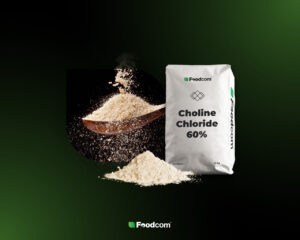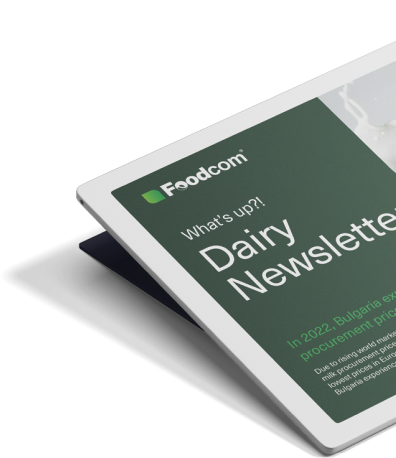- Methionine prices are rising due to logistical disruptions in Asia and sustained global demand.
- The sunflower meal market is facing shortages, which could trigger price increases in the second quarter.
- The use of AI and gene editing in agriculture could revolutionise the yields of corn, soybeans and wheat.
- Geopolitical tensions and volatile weather continue to destabilise the grain markets and require vigilant monitoring.
While global supply chains twist and tighten and geopolitical tensions shake markets, there is no shortage of surprises for the agri-feed and commodity sectors in March. From spikes in methionine prices caused by logistical problems in Asia, to shortages of sunflower meal and genetically modified seeds that could redefine agriculture, the pulse of the market is not quiet this month. Whether you are hedging against volatility or looking for innovation, this issue will give you the edge. Dive in now and stay up to date.
Methionine
The methionine market remains dynamic and volatile, largely due to disruptions in supply chains and rising raw material and transportation costs. Major Asian producers, including China and Singapore, are facing logistical constraints that are impacting global raw material availability. As a result, feed methionine prices are rising, especially with continued high demand in the animal feed sector. Experts recommend entering into long-term contracts and keeping abreast of the geopolitical and trade situation, as this could further impact the market.
Dicalcium phosphate
As of March 2025, the dicalcium phosphate (DCP) market in Europe remains price stable, with a level of around €695/t, which favours cost predictability for feed producers. However, market participants should keep a close eye on rising prices for phosphate fertilisers, such as ammonium phosphate, which have increased significantly in some regions, which could herald cost pressures on the raw materials used to produce DCP. In addition, increased demand in the feed sector and possible regulatory changes in the EU could affect prices and availability of this key mineral additive in the coming months.
Gluten maize meal
As of March 2025, the gluten maize meal (CGM) market in Europe remains price-stable, which is conducive to calm purchasing planning in the feed sector. However, market participants are seeing an increased interest in CGM as an alternative source of protein, particularly in poultry and fish feed, which could affect demand pressures in the long term. It is also worth bearing in mind external factors, such as changes in logistics and trade relations, which could translate into product availability in the second quarter.
Sunflower meal
In March 2025, the global sunflower meal market is affected by the expected decline in sunflower seed supply. The International Grains Council (IGC) forecasts that global production for the 2024/2025 season will be 56.1 million tonnes, down 2% from the previous season. In the European Union, despite earlier concerns about drought, a harvest of around 10 million tonnes is forecast, according to the IGC. Nevertheless, feed market participants should be prepared for possible restrictions in availability and a potential increase in sunflower meal prices in the coming months.
NEWS
Grain markets remain volatile due to changing trade policies, the ongoing conflict between Ukraine and Russia and weather conditions. The recent Russian missile attack on Odesa, which damaged a wheat ship bound for Algeria, has further added to market uncertainty. Wheat prices have rebounded after the earlier turmoil over tariffs and market fundamentals are gaining ground. The maize market is seeing price divergence between the US and Europe, reflecting regional sensitivity to political and geopolitical developments. Weather forecasts for Europe are favourable for spring sowing, although some regions such as southern France, Spain and Portugal are expected to receive above-average rainfall in late March.
Inari, a seed design company, plans to increase yields of maize, soya and wheat by combining artificial intelligence with gene editing. Their technology allows precise modification of plant DNA, with the aim of increasing crop yields without increasing inputs. The first products, high-yielding soybean varieties, are already close to commercialisation, while maize and wheat are in field trials.
![What’s up? Feed industry news! [March 2025] What’s up? Feed industry news! [March 2025]](https://foodcom.pl/wp-content/uploads/2025/03/Biuletyn_4-blog-1520x760.png)






